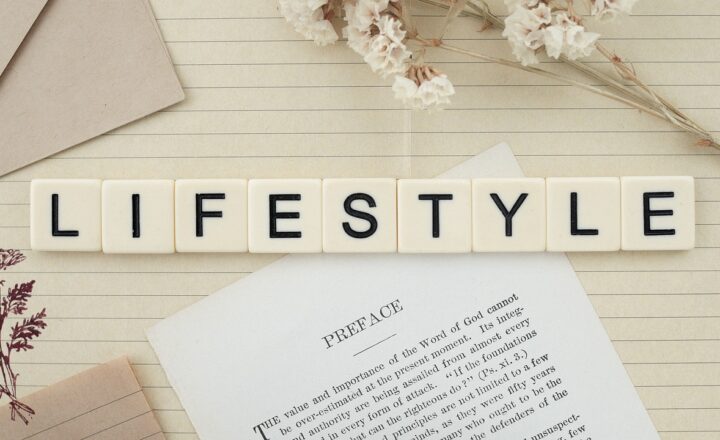
Creating a pet-friendly backyard is not only a way to enhance your outdoor space, but it’s also essential for ensuring your furry friends can safely enjoy the outdoors. Whether you have a rambunctious puppy or a laid-back adult dog, designing a space that caters to their needs will make your backyard a sanctuary for both you and your pets.
1. Assessing Your Space and Pet Needs
Before diving in, take the time to observe your backyard and your pet’s behavior. Different pets have varying needs; for example, dogs may need more room to run and play, while cats might appreciate vertical spaces to explore. Here are some elements to consider:
- Available Space: Measure the total area of your backyard. Look for zones that can be dedicated to play, relaxation, and pet facilities.
- Types of Pets: Consider how many pets you have and their dimensions. A small dog will need different accommodations than a large breed or multiple pets.
- Safety Features: Identify hazards such as poisonous plants, sharp objects, or spaces where pets can escape. Familiarize yourself with things that make your pets anxious or unsafe, and consider how you can mitigate those factors.
Your ultimate goal is to create a space that is safe, comfortable, and engaging for your pets while still being functional for you as the owner.
2. Choosing the Right Plants and Landscaping
Landscaping is a crucial aspect when designing a pet-friendly backyard. Some plants can be toxic to pets, so choose wisely:
- Pet-Safe Plants: Incorporate non-toxic plants such as lavender, snapdragons, and sunflowers. These will not only beautify your space but also ensure your pets are safe while exploring the flora.
- Ground Cover: Consider using grass or pet-friendly ground covers like clover or moss. These can withstand paws and provide a soft area for your pets to play and rest.
- Avoid Toxic Plants: Steer clear of common plants that are toxic to pets, such as azaleas, rhododendrons, and certain lilies. Conduct thorough research before introducing any new plants to your garden.
Utilizing pet-safe plants will contribute to a vibrant outdoor space while ensuring the safety and well-being of your pets.
3. Creating Safe Zones for Play and Relaxation
Designate specific areas in your backyard for play and relaxation:
- Play Area: Create a dedicated play zone with toys, such as balls, ropes, and obstacle courses to keep pets engaged. Keep this area clear of potentially harmful objects as well.
- Shaded Resting Spots: Ensure there are shaded areas for pets to relax after frolicking in the sun. Use shade sails, patio umbrellas, or plant trees strategically to provide protection from the sun’s rays.
- Pet Furniture: Consider investing in pet-friendly furniture, such as outdoor pet beds, to provide additional comfort and relaxation options for your furry friends.
By establishing both play and rest areas, your backyard will cater to the varied needs of your pets, enhancing their outdoor experience.
4. Ensuring Fencing and Boundaries
Adding proper fencing is crucial to keeping your pets safe:
- Height Matters: Assess what type of fence is needed according to your pet’s jumping or digging abilities. Generally, taller fences (4-6 feet) work well for larger or more active dogs, while shorter fences may suffice for smaller breeds.
- Dig-Proof Techniques: To prevent digging under fences, consider burying fence sections slightly below the ground level or extending a wire mesh below the soil line.
- Secure Gates: Ensure all gates are self-latching and easy for humans to maneuver but secure enough to prevent pets from escaping.
A strong, secure fence will provide peace of mind, allowing both pets and owners to enjoy the outdoor space freely.
5. Incorporating Water Features
Water can be a delightful addition to a pet-friendly backyard:
- Water Bowls: Keep water bowls filled with fresh water nearby, especially during hot weather. Consider reusable, spill-proof bowls to prevent messes.
- Pet Pools: If space allows, a small kiddie pool or pet-friendly pool can keep pets cool and provide hours of fun. Just ensure they can safely enter and exit the pool without slipping.
- Waterfalls and Streams: Adding a small waterfall or stream adds an aesthetic appeal while providing opportunities for pets to interact with water. Ensure the feature is shallow, safe, and not chemically treated to guarantee pet safety.
An inviting water element will provide excitement and refreshment for your pets, enhancing their outdoor experience.
6. Training Your Pets to Enjoy the Space
Once your backyard is ready, training your pets to feel comfortable in their new environment is essential:
- Positive Reinforcement: Use treats and praise to encourage exploration of the new space. Introduce them to different areas of the yard gradually.
- Familiarization with Features: Encourage your pets to explore different features you’ve added, such as play areas, water spots, and shaded zones, making sure they feel secure during the process.
- Routine and Structure: Establishing routines will help your pets understand when to play and rest, contributing to their comfort and enjoyment of the backyard.
Gradually introducing your pets to their new outdoor space with positive reinforcement will create a sense of comfort and help them associate their backyard with fun and relaxation.
7. Regular Maintenance and Safety Checks
Maintaining your pet-friendly backyard will keep your space inviting and enjoyable:
- Routine Cleaning: Regularly remove pet waste, debris, and fallen leaves to maintain a safe and clean environment for play.
- Safety Inspections: Periodically check for potential hazards, such as broken branches, sharp stones, or items that could be ingested by curious pets.
- Plant Care: Regularly inspect plants for signs of pests and diseases, promptly removing any unhealthy or toxic plants to maintain a safe garden space.
By establishing a routine maintenance schedule, you’ll ensure that your backyard remains a secure and enjoyable spot for your pets.
Conclusion
Designing and maintaining a pet-friendly backyard requires thought and effort, but the rewards are well worth it. By considering your pet’s needs, choosing safe plants, creating play and relaxation zones, and regularly maintaining your space, you’ll cultivate an outdoor haven where both you and your pets can thrive. Ultimately, the perfect pet-friendly backyard is one that fosters happiness, bond between you and your pets, and the freedom to explore nature safely.
With proper planning and continuous care, your backyard can become a reliable playground and sanctuary for your pets, making every outdoor moment a joyful one.







